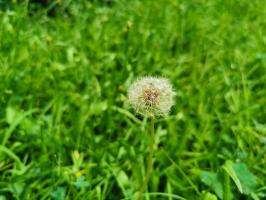Introduction
Rubber trees are one of the most popular indoor plants because of their beautiful foliage and air-purifying properties. They propagate easily through cuttings, making them an ideal plant for sharing or expanding your collection. In this article, we will guide you through the steps to root a cutting from a rubber tree plant.
Step 1: Selecting your cutting
The best time to take a cutting is during the growing season, which typically occurs between spring and summer. You will want to select a healthy stem that is at least 6 inches long and has 3-4 leaves. The stem should also be firm and free from any signs of damage or disease.
Step 2: Prepare your cutting
Using a sharp, clean pair of pruning shears or scissors, remove the bottom two leaves from the cutting. This will leave 1-2 leaves at the top of the stem that will continue to photosynthesize and provide energy for the cutting to root. Make sure to cut the stem at a 45-degree angle to increase the surface area for rooting.
Step 3: Rooting hormone
Dip the cut end of the stem into rooting hormone powder, tapping off any excess. Rooting hormone powder contains auxins, which is a hormone that stimulates root growth. Although rooting hormone is not necessary, it can significantly increase the success of rooting.
Step 4: Planting your cutting
Get a clean pot and fill it with a well-draining soil. Water the soil thoroughly and let it drain before inserting the cutting. Place the cutting into the soil and gently pat the soil down around it. You can also use a rooting aid that contains peat moss to help hold moisture and provide stability for the cutting.
Step 5: Caring for your cutting
After planting, keep the soil consistently moist but not overly wet. You can cover the pot with a plastic bag or clear dome to increase humidity, which will help the cutting root faster. Place the pot in bright, indirect light and avoid direct sunlight, which can be too harsh for the developing roots.
Step 6: Transplanting your rooted cutting
After about 4-6 weeks, check for roots by gently tugging on the stem. If you feel resistance, roots have formed and your cutting is ready to be transplanted in a larger pot. Make sure to choose a pot with good drainage and a nutrient-rich soil mix. Resume regular watering and fertilizing according to the plant's care instructions.
Conclusion
By following these steps, you can easily propagate a rubber tree plant and expand your indoor jungle. Remember to be patient and attentive to the cuttings' needs, and soon you will have a thriving new plant to add to your collection.

 how many times do yo...
how many times do yo... how many planted tre...
how many planted tre... how many pine trees ...
how many pine trees ... how many pecan trees...
how many pecan trees... how many plants comp...
how many plants comp... how many plants can ...
how many plants can ... how many plants and ...
how many plants and ... how many pepper plan...
how many pepper plan...
































